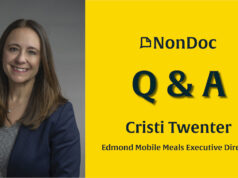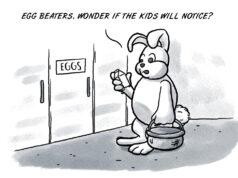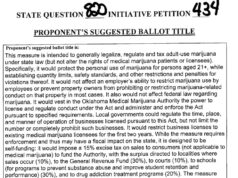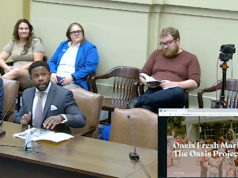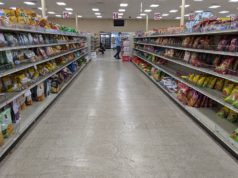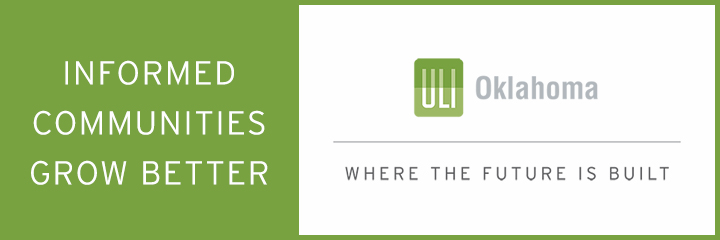
Do you enjoy finding new and interesting restaurants? What about personalized shopping experiences? You probably also like knowing the money you spend contributes to a vital local economy.
Or maybe you’re a small-business owner looking for a way to reach new customers or increase loyalty among existing customers.
Enter Keep It Local.
Since 2010, Keep It Local has served as a hub for foodies and shoppers to find local businesses they may otherwise have missed. They have also served as a resource for their member businesses to get their name out and treat repeat customers with perks and rewards.
Co-founder: ‘It just all came together’
Co-founders Bryce Bandy and Chris Branson were both plugged into the local scene. They loved introducing their friends and family to their favorite locales. Then, when Branson heard about a program in another city that incentivized local shopping, he thought, “Hey, that’s kind of a cool idea. This could work in OKC!”
Bandy and Branson were convinced that, because of Oklahomans’ innate loyalty, Red Dirt patrons would latch on to a program like this.
It just so happened that something else was finding lift in the metro around this time: social media, especially Twitter. Much of Keep It Local’s success has been in creating an online community and giving small businesses — some of which didn’t even have advertising budgets — exposure they might not otherwise have had.
“It just all came together,” Bandy said.
Bandy explained that if you weren’t in the bubble, you just wouldn’t know where everything was. Oklahoma City is 625 square miles, so if you lived in the suburbs or just outside of town, you might not know about the Plaza District or these other neighborhoods where new restaurants and shops were cropping up.
Now, eight years later, there are upward of 275 businesses with more than 300 locations participating, including cities like Stillwater and Enid.
More than a discount card
Yes, the Keep It Local card saves customers money, but it is so much more than that.
“Originally, I was one of those people who mistakenly thought Keep It Local was a discount card,” said Morgan Harris, owner of Green Bambino, a shop for parents and parents-to-be. “I am so thrilled to be a Keep It Local member because it brings so much value and I’m not losing money.”
As a business owner, Harris says she really appreciates that she can make the Keep It Local incentives unique to her business.
“When a Keep It Local member customer comes and shops with us at our store, [they] earn rewards points,” Harris explained. Plus there’s an additional monthly perk for her Keep It Local shoppers — like 10 percent off dishware this month or double the rewards points last month.
The relationship between the small business and their customers is a symbiotic one. “It helps us provide value to a customer base that values us,” Harris said. “Those are the people I want to treat with perks.”
Additionally, Keep It Local makes it easier for shoppers to find new businesses and new experiences instead of defaulting to online or national chains.
“The thing I can provide as a local business is an experience and an atmosphere you don’t get online, because you haven’t left your house — you don’t get in a big-box national chain store that looks the same no matter which one you go to,” added Harris. “I will show you how to use your car seat safely. I will fit you with that nursing bra. Those are things Jeff Bezos can’t do for you.”
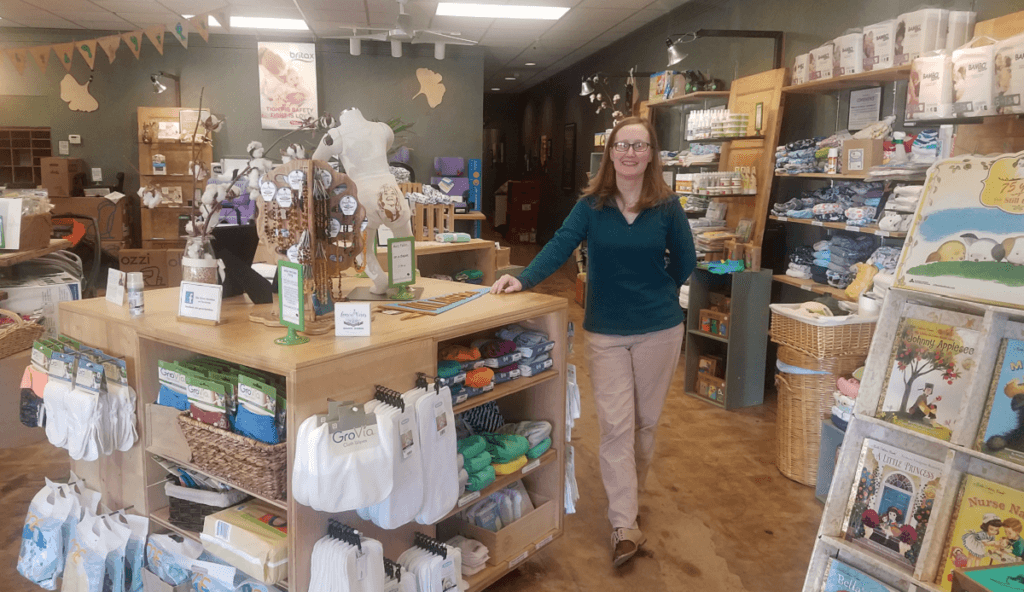
The economic impact
“Oklahoma City succeeds when we rely on each other and support each other,” said Chad Whitehead, co-operator of the Tower Theatre. “Thinking globally and acting locally is a core value of mine, and being part of Keep It Local is an easy way to encourage others to do the same.”
This is more than just a sentiment, too. Data back this up.
The Oklahoma City 2017 Indie Impact Survey, sponsored by Oklahoma’s Credit Union and Keep It Local, compares how much money stays in our community when you spend money with a local, independent business as opposed to national chains.
The full study will be released later this year, but the top-line results are significant.
Recirculation of revenue:
- Local/independent retailers: 44.9 percent
- National retail chains: 13.6 percent
- Local/independent restaurants: 66.0 percent
- National restaurant chains: 30.4 percent
The 10 percent shift:
Extrapolating from the 2012 Economic Census, Oklahoma County produces annual retail store sales across all lines of goods (excluding motor vehicles and gas stations) of roughly $9.5 billion. Assuming this survey provides a representative sample of area independent retailers, a market shift of just 10 percent from chains to independents would retain an additional $300 million in the regional economy every year.
“At the end of the day, you’re investing in your community,” Bandy said. “And you’re rewarding those people who took the chance to start those businesses.”
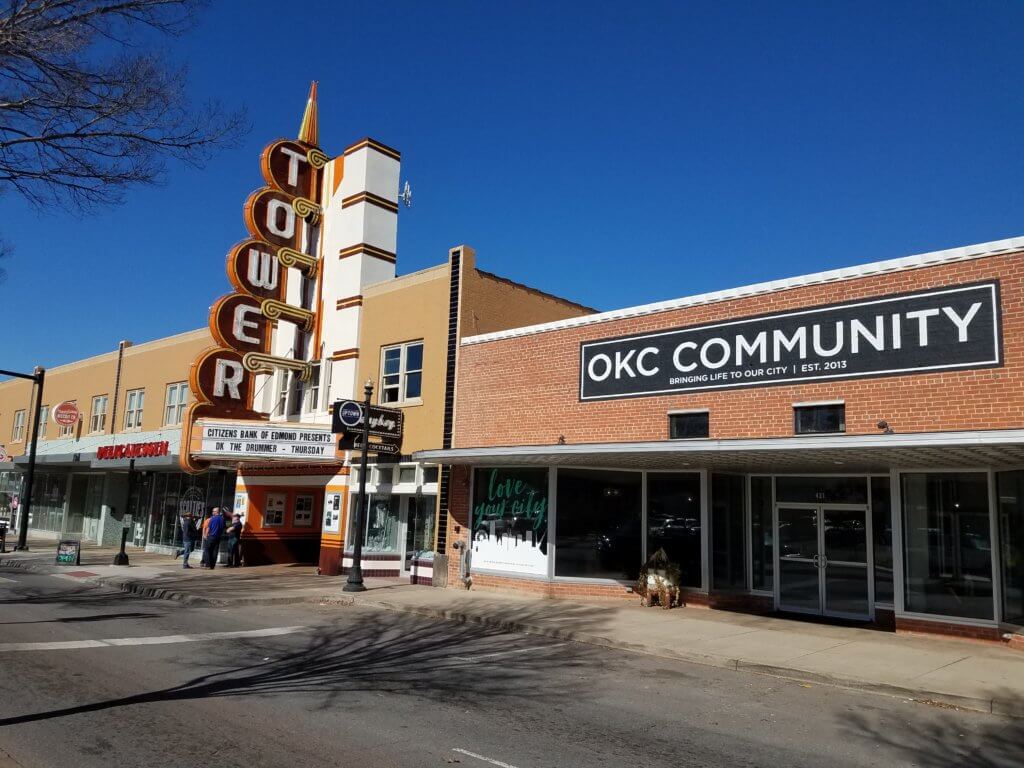
What’s in store for Keep It Local participants?
Bandy is excited about the work they’re doing to expand the discovery aspect of the program. Card holders can look forward to “guides,” which are currently in the works.
Say you’re curious about some of the best places around town to hold out-of-office work meetings — there could be a guide for that. Or maybe you’re traveling to Tulsa, and you’re wondering what to do: There could be a “Things to do in Tulsa for 24 hours” guide.
“We want to keep adding value into what we’re doing,” Bandy said of this upcoming feature.
Keep It Local cards can be purchased online or from member businesses.Their mobile-friendly site makes it easy for people to find those business while they’re out and about.









